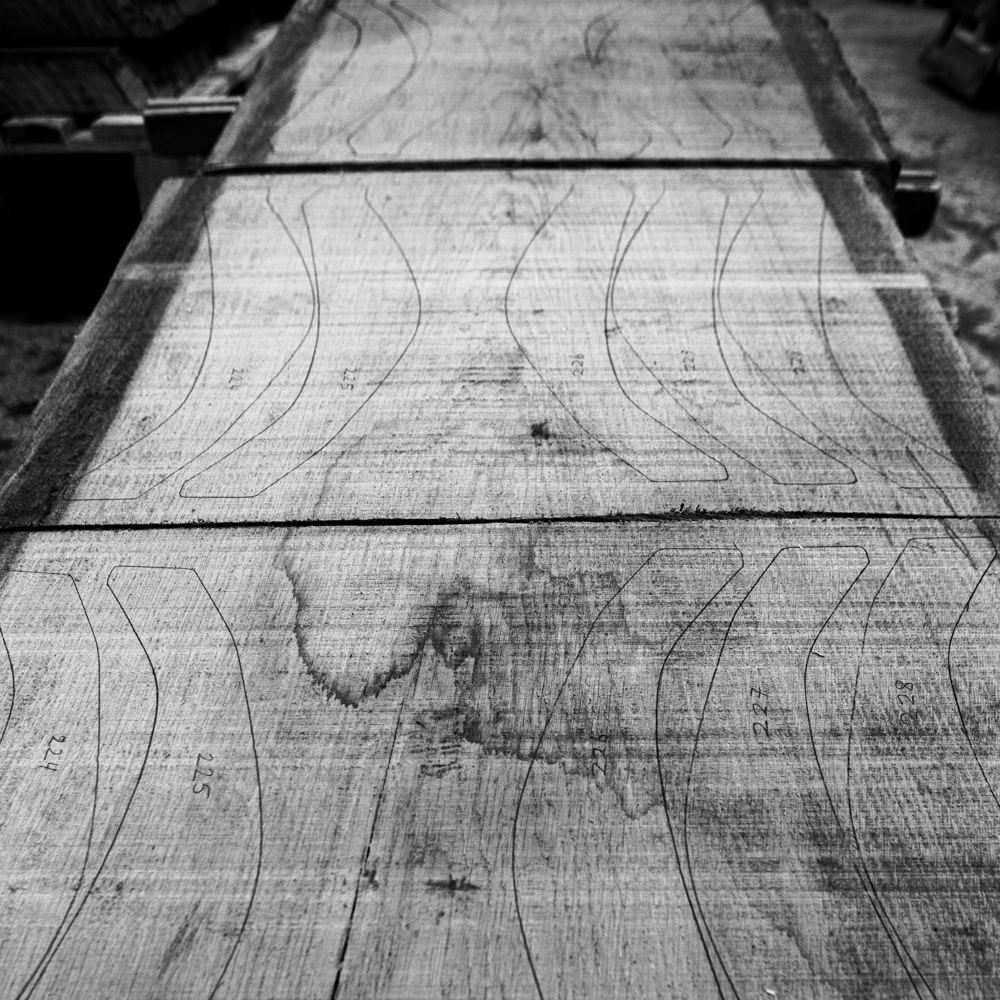
Wood is an amazing material to behold and touch, and it embodies endless possibilities in shaping and treatment.
Two trees are never alike, so each piece of furniture will always be unique, and natural variations in grain, colour and growth patterns will add to the character.
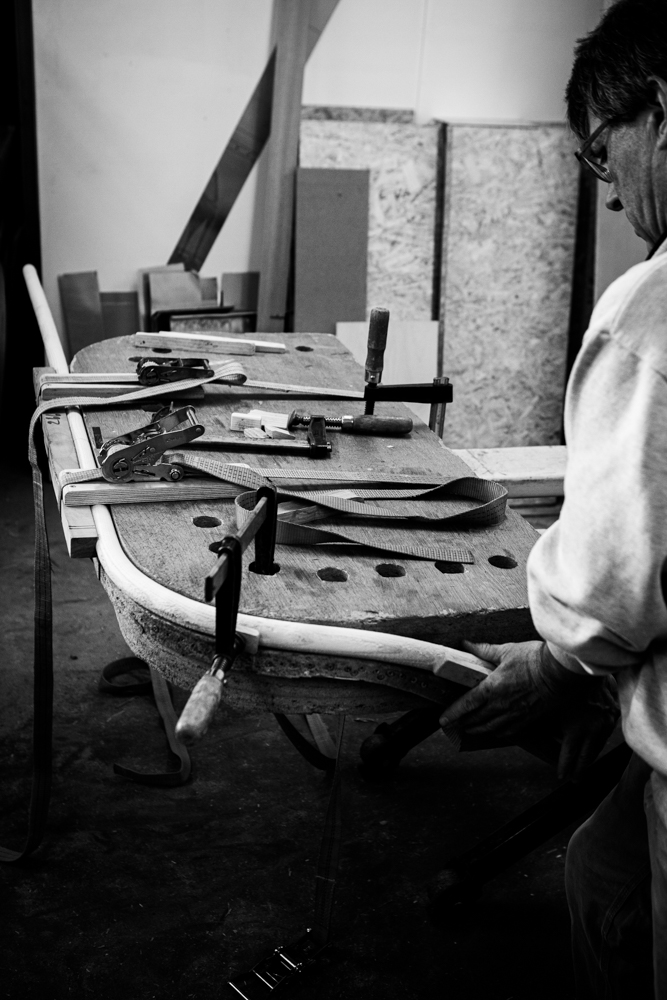
Each wood type has proporties that clearly distinguish them from one another.
The choice of wood can be restricted by constructional conditions. Some woods are dense, some are brittle and some are flexible. For critical construction parts certain wood types may be the only option.
The pp266 Chinese Bench is made exclusively in ash because of the one piece arm rest demanding optimal flexibility and tensile strength.
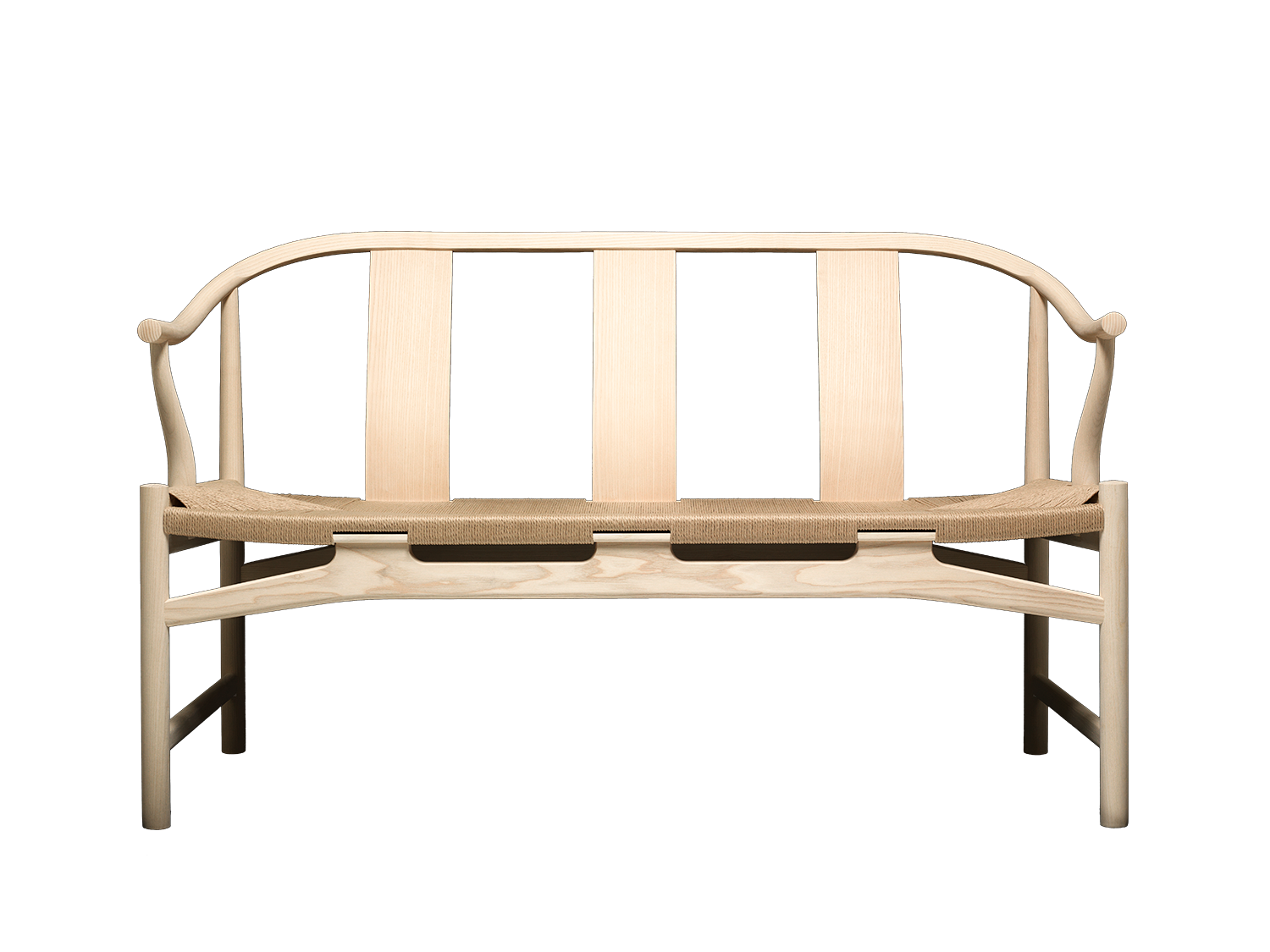
Oaks are a large group of strong and widely spread bushes and trees that grow up to 40 meters tall. There are about 600 species of oak native to the Northern Hemisphere, and they are keystone species in many habitats.
Due to its strength and resistance to biological breakdown oaks have been a significant source of building materials as well as foodstocks for humans since prehistory, and remain a significant resource of many modern economies. A great number of fine wines and whiskeys are matured in oak caskets, and many great oak ships have crossed the oceans.

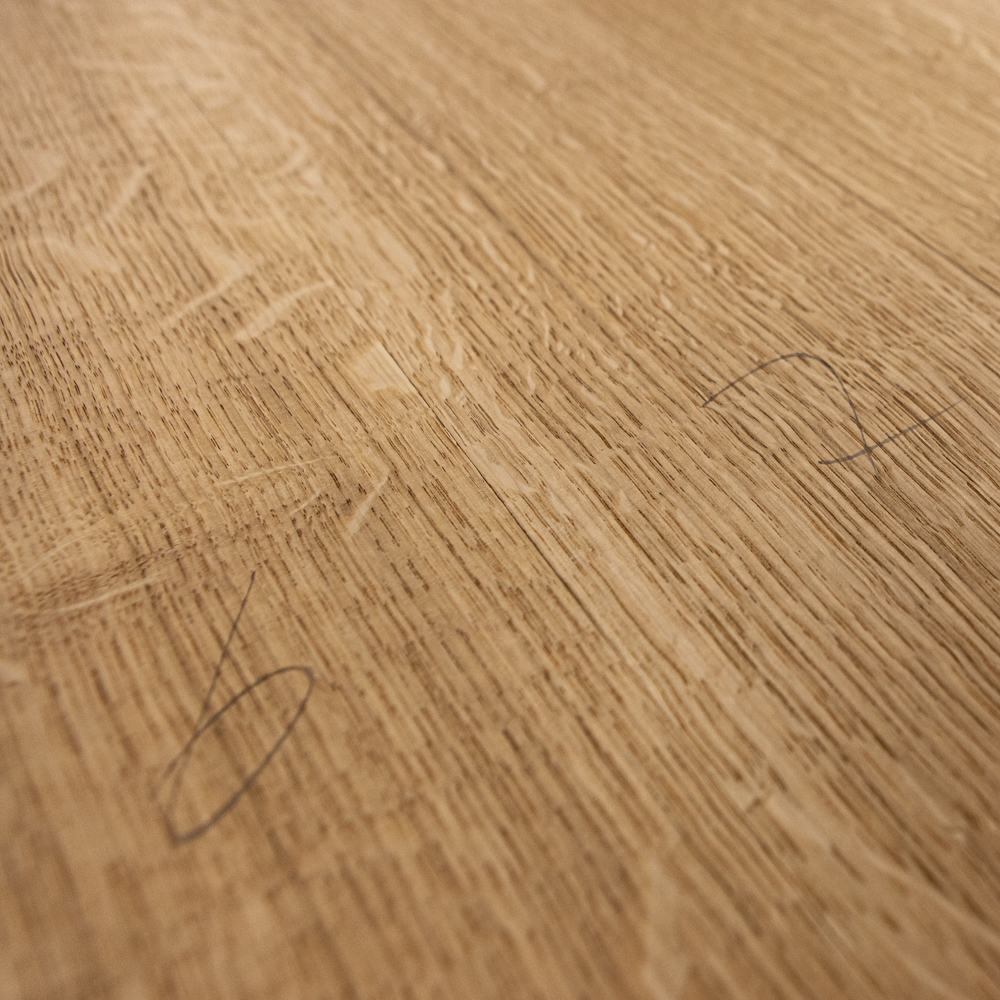
Oak has a characteristic grain pattern often with visible medulary rays or “mirror”, which are bundles of cells aligned horisontally in the tree across the direction of the main grain. All hardwoods have medulary rays, but they are usually not visible. The clearly visible medulary rays are a special feature of oak.
Oak is a strong wood that has many applications in furniture making. It is by far the most common wood type in our production. The surface is fairly resistent to wear and patinates beautifuly.
Ash is a small group of about 50 species of medium to large trees widely spread across Europe, South East Asia and North America. It has an open growth and is mostly found in mixed forests. They get up to 35 meters tall.
Ash is a bright wood with clearly pronounced grain patterns. The ash wood is very strong and rigid, and it is commonly used for making tools like hammers, axes or shovels. It is very bendable and is excellent for steam bendning and pre-compression.

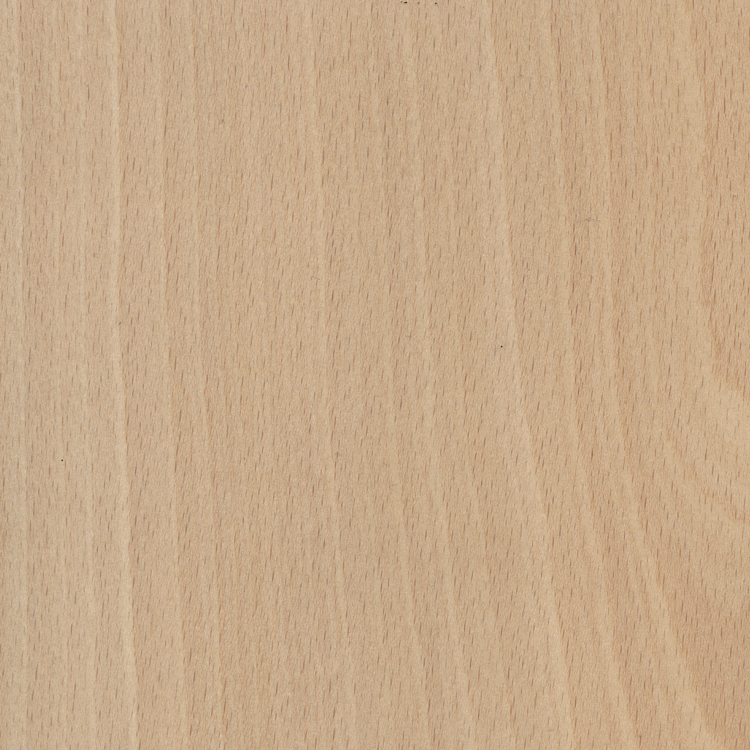
Beech is a strong species of wood, very common in the Nordic forests. It grows slowly and makes a dense timber very resistent to pressure.
Beech is widely used for critical components in frame constructions. The surface is usually homogeneous in appearance, very hygienic and easy to maintain.
Maples are a diverse and versatile group of trees beloved especially for the colours of their autumn leaves. They are commonly recognisable by the whirlybird fruits.
There are almost 200 species of maples ranging from bushes to trees that grow up to 45 meters tall. They thrive in the high altitudes of the Himalayas, to the rainforests of South East Asia, to rocky cliffs in the Mediterranean and the edge of swamps in North America.
The maple wood is delicate and bright with subtle grain patterns. It is a tone wood widely used in the making of string instruments and drums. Maple is hard and dense and is excellent for furniture making.
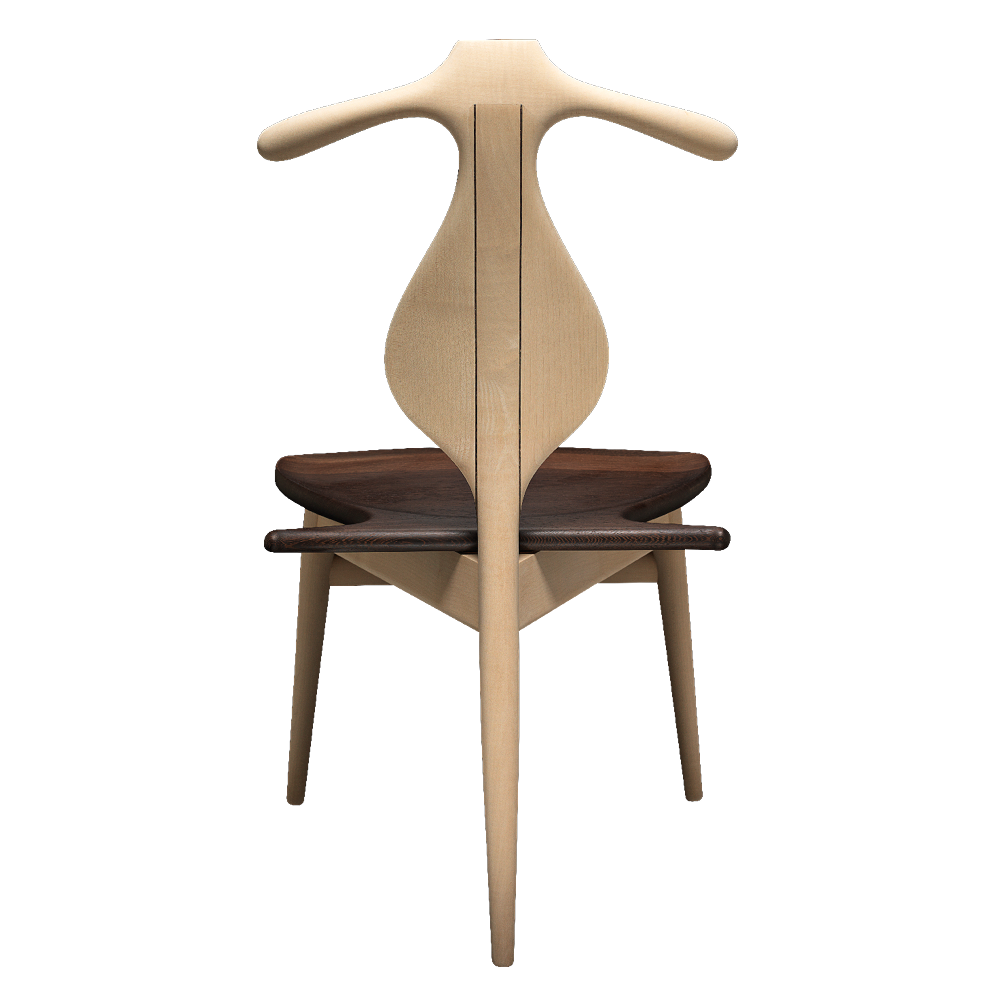
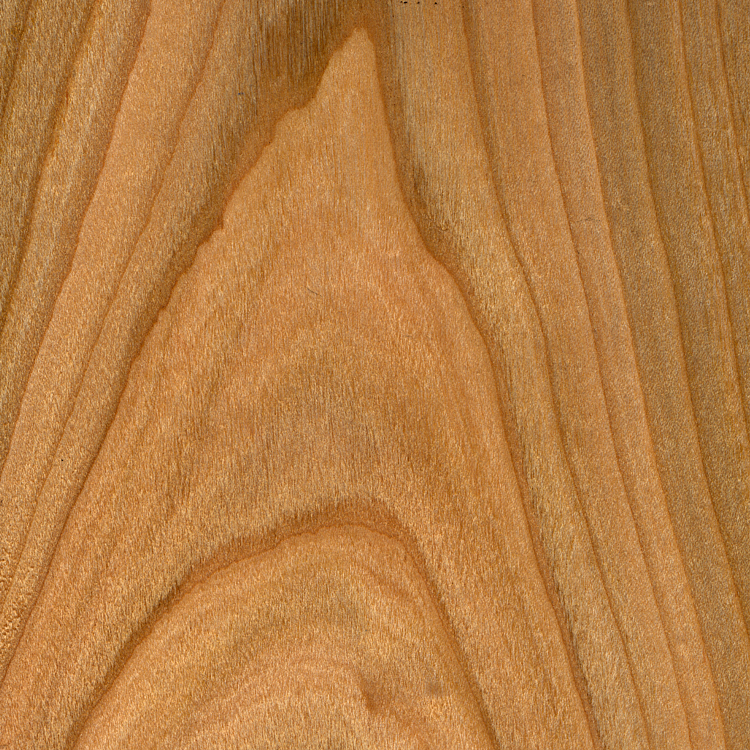
Cherry is a member of the Prunus family and is related to plums, peaches, nectarines, apricots and almonds. Cherry is a fast growing tree. Each branch can grow more than one meter every year. However, cherries seldom get taller than 30 meters.
Cherry is a tone wood and is used for making instruments. It also has a sweat flavour that is utilised in wine and licqeur making.
Cherry wood is deep redish brown with distinguished grains and colour nuances that vary significantly from tree to tree. We prefer using Danish or German cherry, which has an amazingly bright colour.
The walnut tree covers 21 species of the Juglans family spread across most of the tempered part of the world. It is mostly known for its edible nut, which is a basic incredient in many traditional kitchens.
The growth of a walnut tree is generally irregular, and the wood is often rich on variations in colour nuance and grain structure. It is a challenge for the craftsmen to handle the selection of each cut of wood, but the reward is always a unique outcome with a full-bodied character.
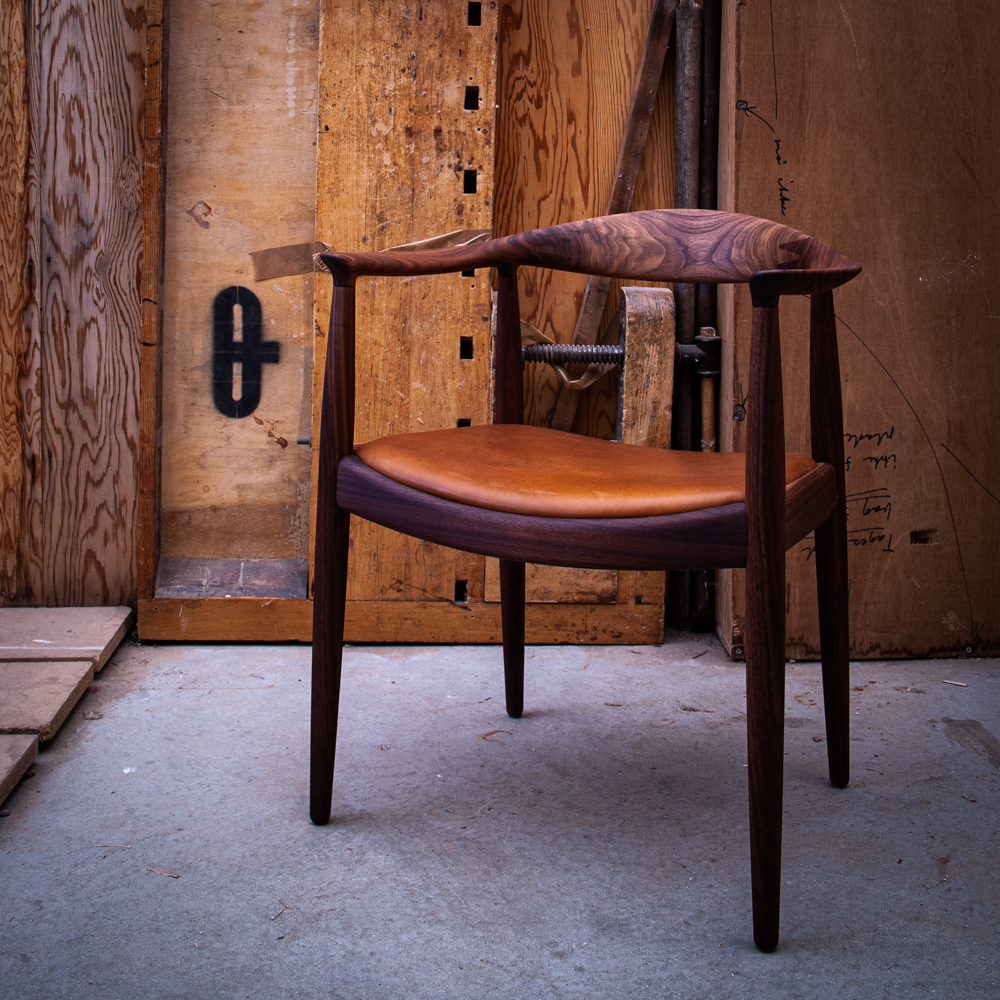
Hans J. Wegner